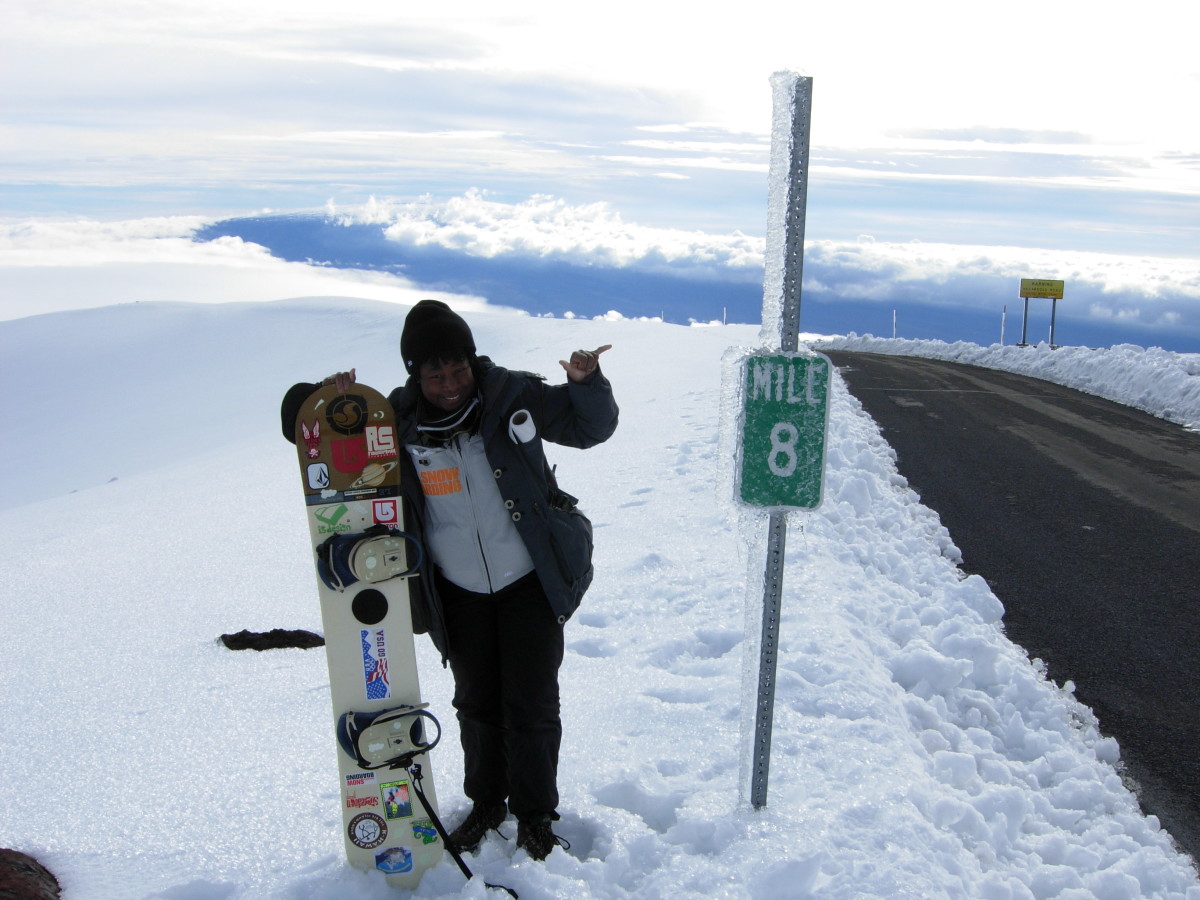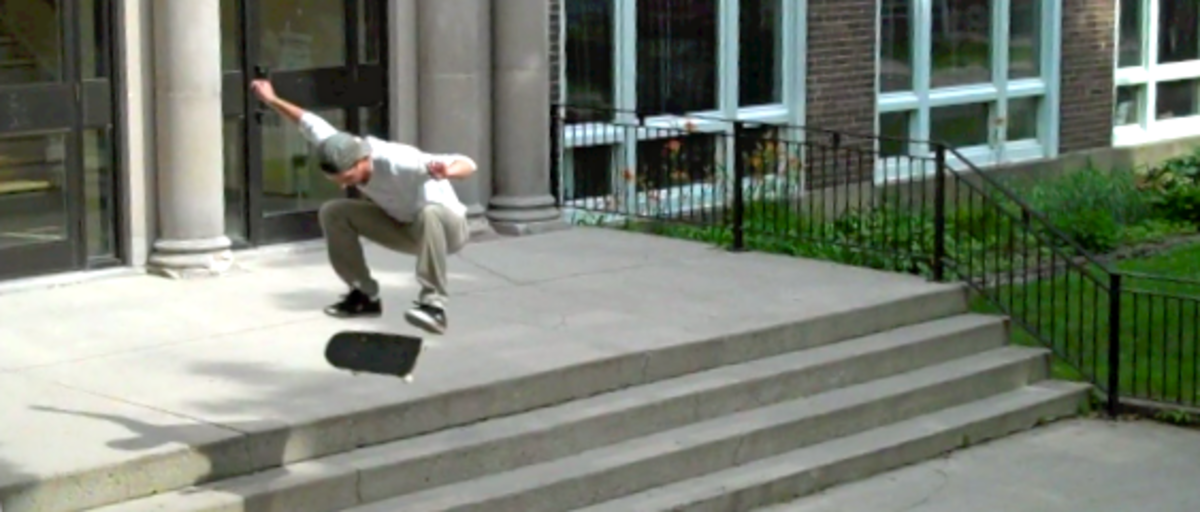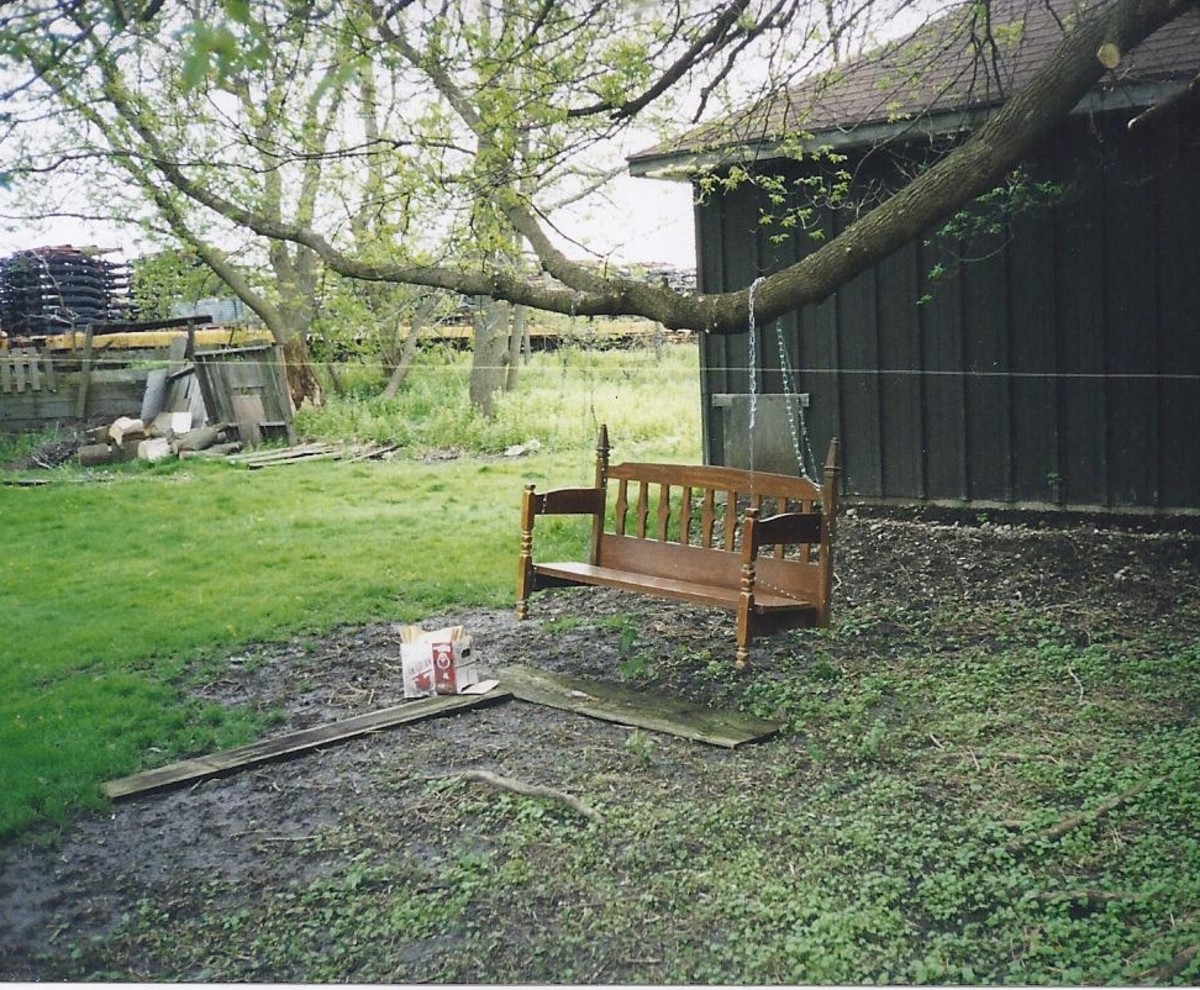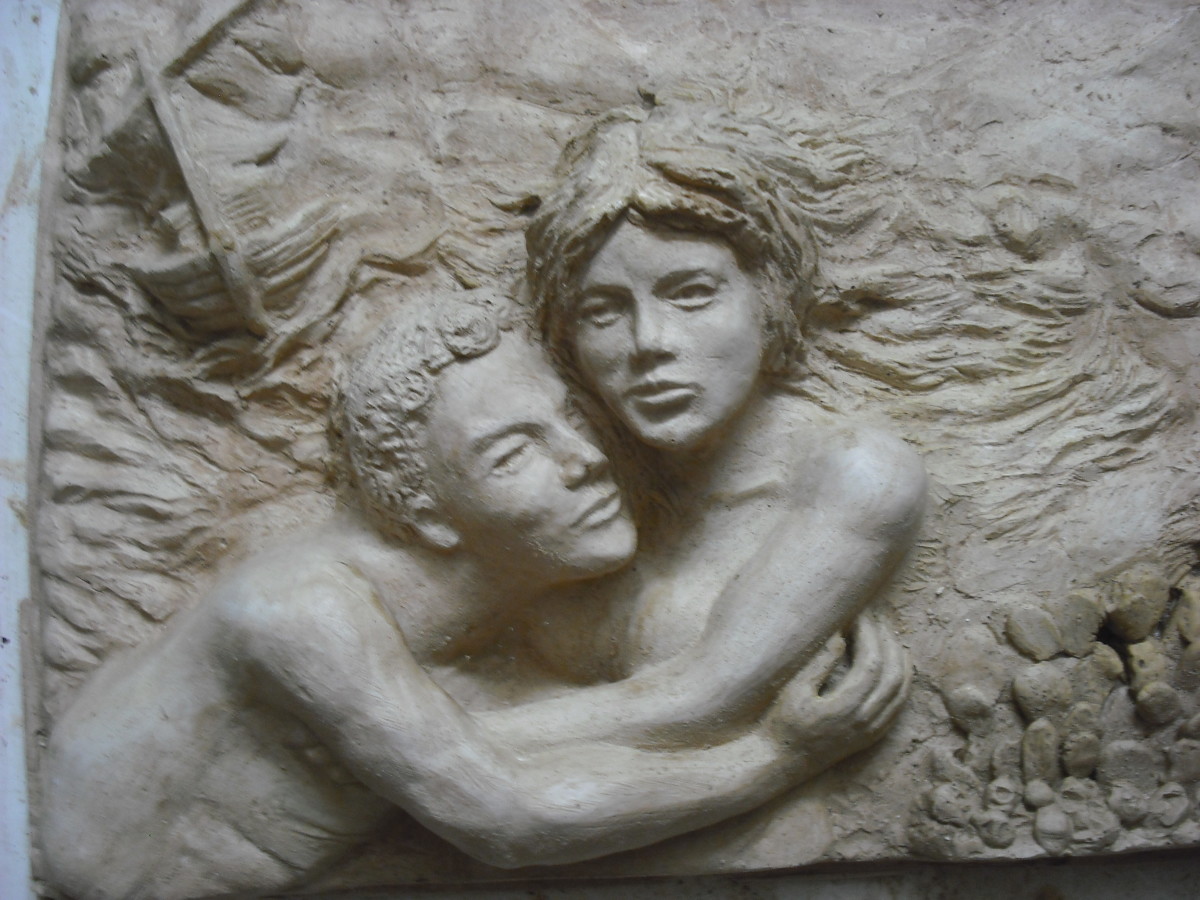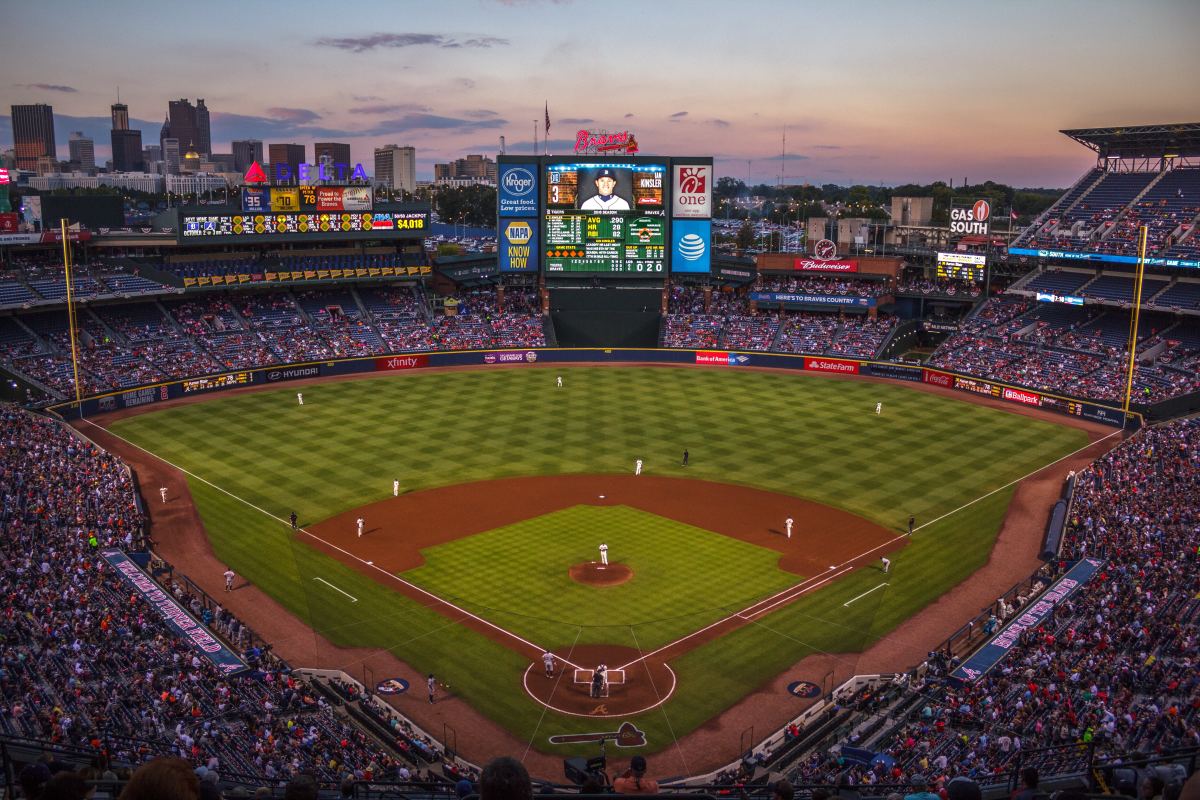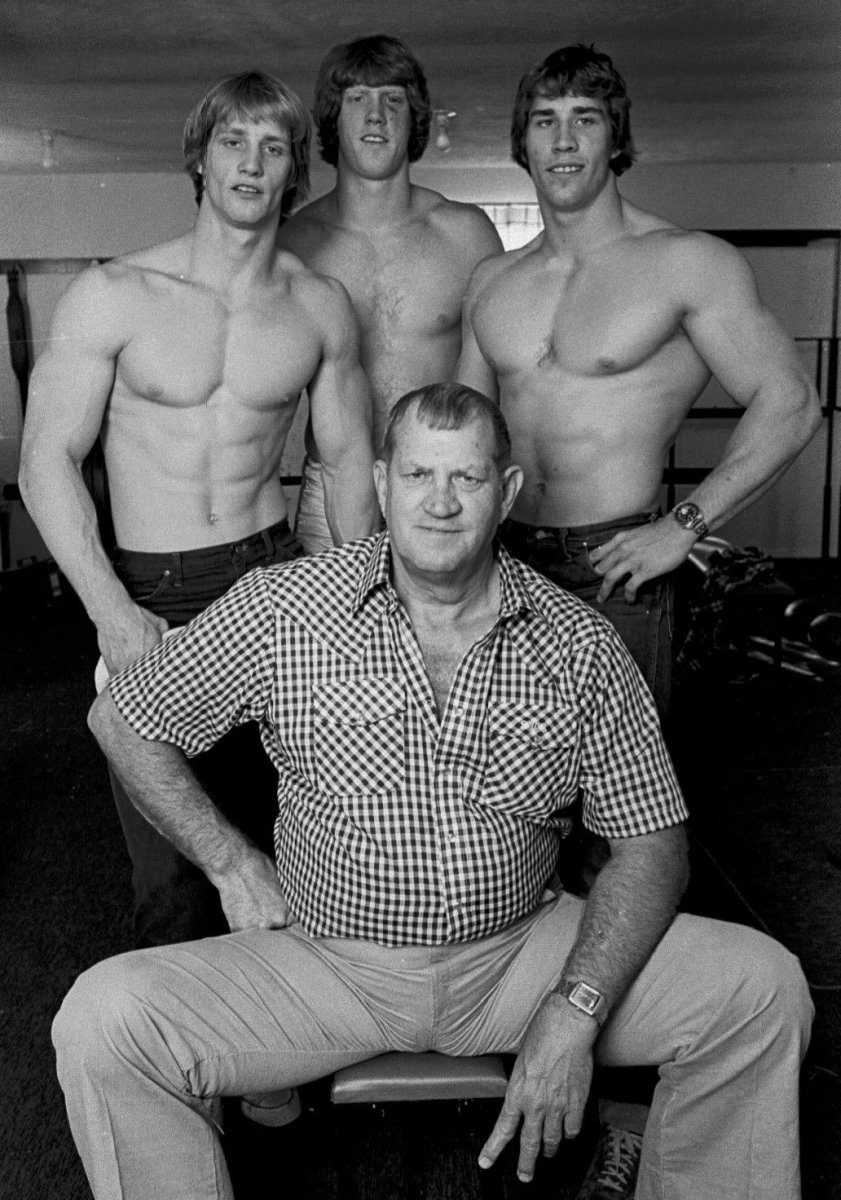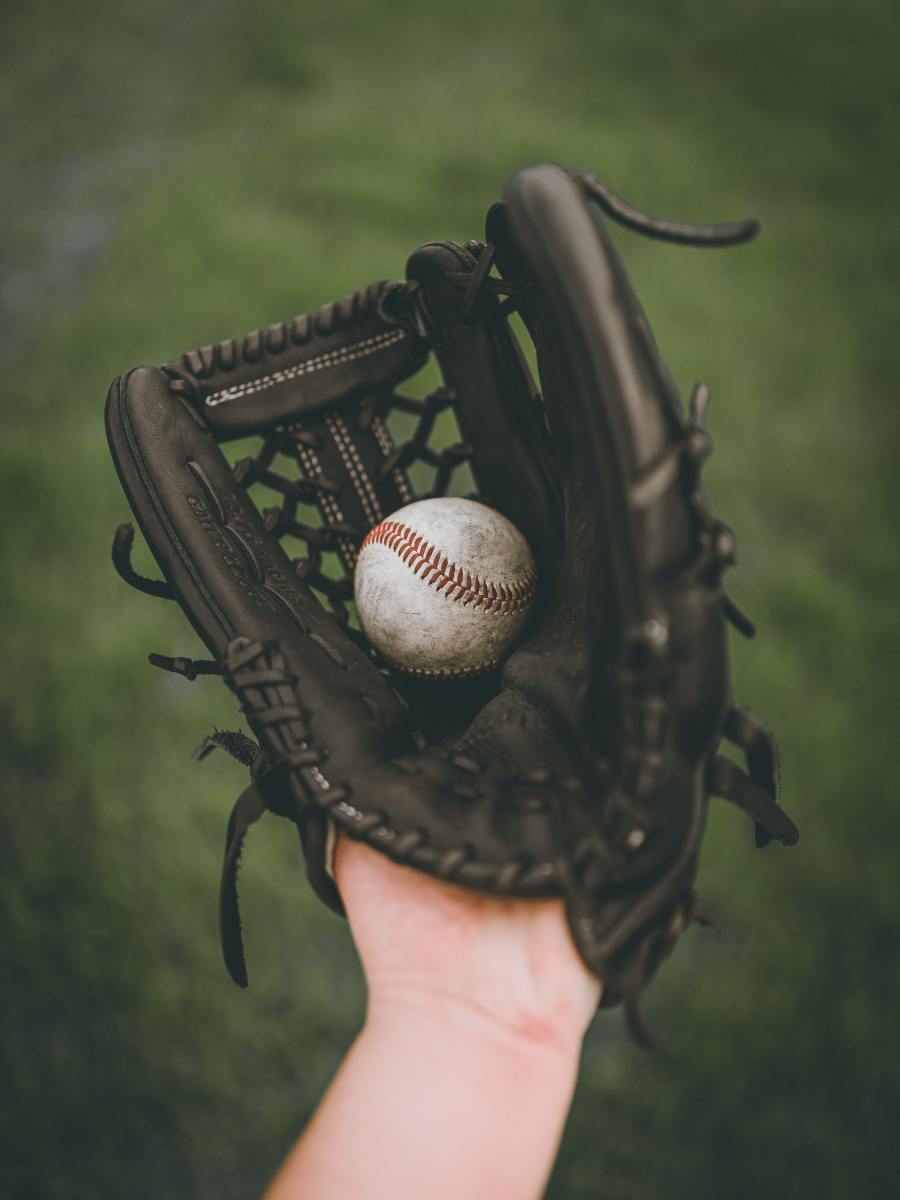Advice for Beginning Snowboarders

Introduction
First of all, I want to say that the best way to learn how to snowboard is not through the internet, but to actually go out and do it. This article will serve as a means of advice and tips to take with you and is not a suitable substitute for professional lessons. This is mainly intended to provide a mental foundation that you should translate into physical actions to the point that muscle memory takes over whenever you hit the slopes. Before I begin, I want readers to understand that I am by no means a professional snowboarder, by that I mean I do not sponsor for any company and have not participated in the Olympics or the X-Games. Snowboarding has been my passion since I was eight years old. I never received any formal training; I am self-taught. So I feel as if the fundamentals I have are not foreign, but rather more natural and instinctive. But that's not to say that snowboarding doesn't take time to get used to, and just like anything else it takes practice and perseverance. You will fall, you will get bruised, you get sore. But tell me a sport that doesn't do that to people just starting out. Now before you get scared, imagine the rush you would feel after landing your first jump; carving so hard that the groove left in the groomed snow is gonna cause that skier behind you to take a tumble down the hill; going so fast that there is a horizontal line of snot frozen to your face but all you can think about is going faster. Whether you're someone who prefers going crazy in a terrain park or would rather experience the peace and serenity of carving through fresh powder, anyone can enjoy snowboarding. Sure, you can do the same things on skis, but c'mon, skiing just looks lame. So further further ado, I present to you tips on how to look, be and feel awesome.
Be Aggressive!
I cannot stress enough how important it is that you be aggressive. If there is one thing you take from this article, it is to not let the snowboard dictate where you go. Too often have I face planted because I would just stand on the board and let it do its thing. And it is one of the most common mistakes I have seen new snowboarders doing. But it's hard to blame them. The unfamiliar, seemingly uncontrollable movement of their feet sets in them a mild panic that essentially causes them to freeze up, until one of their board's edges catches and they take a fall. The feeling of movement experienced while on a snowboard is weird, I won't lie. It's not like riding a bike or rollerblading or riding a skateboard on a level surface where you can say, "one, two, three, go!" because snowboarding doesn't work like that. It's more like, "one, two, three, OK, now stand up awkwardly, find my balance. OK, now I'm ready to - oh, wait. I've been going!" And by the time you've realized your board has been two steps ahead of you, it's already doing its own thing, probably catching one of its edges, causing you to lose your balance and take a tumble, causing you to repeat this process all over again. It will take time to get used to and it's up to you to not be discouraged. When I say "be aggressive", I don't mean you need to go into Super Saiyan mode to be able to stand up, I simply mean that you need to determine the actions of your board, not the other way around. If you've already tried snowboarding, you know what I mean. If you have yet to go, you will find out what I mean. Like I said, to really learn how to snowboard, you need to DO it.
Lean Forward
In snowboarding, you turn with your back foot, kind of like a rudder. To make this easier you need to have a majority of your weight, at least 60% (limit in powdered snow) but no more than 80%, on your front foot. Now, in order to determine which foot to put forward a lot of people will say which ever foot you kick with. But that's not always the case. I kick with my right foot, but I have my left foot forward while I'm snowboarding. So another way to find out which one of your feet should be forward, stand up straight and have a friend stand behind you and give you a firm push. Whichever foot you use to catch yourself should be the foot that goes in front. But honestly, you can learn either way, it just takes practice. Pick a foot, and stick with it, but don't be afraid to switch it up a few times to see which one is more comfortable for you.
Getting back to the point, leaning forward takes weight off your back foot enabling easier movement. Some boards, especially those god awful planks that are rented out at resorts, are quite heavy, so it's important to be aggressive(!) when turning. You never want to be flat-footed on a board; you will biff (snowboarding term for "to fall"). You always want to be riding an edge, either your toe edge or heel edge, at any given time.

Turning and Carving
Now I will explain how to turn, or carve, from the perspective of someone who has their left foot forward, also called regular footed (someone with their right foot forward is called goofy-footed). To turn or carve right, shift your weight to your toes and kick your back foot in the direction of your heels. The further you kick and the more weight you put on your toes, the sharper your turn will be. To turn left, ease your weight on your heels while kicking your back foot in the direction of your toes. Same thing, the more weight you put on your heels and the further you kick, the sharper your turn will be. For people who have their other foot forward, it's exactly the same, but you will be moving in the opposite direction. Understand that there is no need to put ALL your weight on one edge and kick as HARD as you can in order to turn. If you have a lot of space in front of you, the movements can be very acute. If you happen to have a really heavy board, and especially since you're just starting out, it helps to kind of 'jump' to take more weight off the back of the board. When I say jump, I don't mean so much that your board comes off the ground, but enough to where the weight is lessened. It's really hard to explain this step without actually showing someone, just try your best. Eventually you will get it. No matter the weight of your board, you need to be aggressive(!).
Keep Your Knees Bent
If you value your well-being, then you will heed this advice: keep your knees bent. Not like sitting in a chair bent, but don't lock your knees. Bending your knees allows you to keep your balance and shift your weight when necessary. No matter how much you assert your control over the board, there will be times when one of your edges finds an icy rut that threatens to make you face plant. With your knees bent you will be better prepared to shift your weight to make biffs a thing of the past. Hopefully no more elaboration is needed, just be sure to keep your knees bent. Trust me on this.
Selecting a Board
Snowboards come in all sorts of sizes. When deciding what length of board to get, there is a rule of thumb to follow. Stand the board up on one end and stand next to it. The top of the board should fall between your nose and your chin. I can't tell you what science lies behind this, it's just what I've always been told and I have never seen a boarder violate this rule, so it seems like a good idea to follow. Boards also come in various widths depending on what the rider wants to do. Wider boards are primarily used in powdered snow while narrower boards are for groomed snow. But you can also find boards that have an average width that can be used in any terrain. Once you find out if you're gonna be the next half-pipe gold medalist or back country snowboarder, you'll have a better idea of what board you need.
For bindings, there are two main types: clicker and strap. Personally I prefer the strap bindings since I find them easier and less of a headache. I've tried both and I can honestly say that I've thrown a board down the mountain that had clicker bindings because they can get very frustrating. But again, what bindings you use is entirely up to you.

General Tips
When you go to a ski resort you'll notice that there are signs before every slope with a colored shape. This tells you the degree of difficulty the run is. Green circle is beginner; blue square is intermediate; black diamond is expert. Some mountains have double, even triple, black diamond runs. If you're just starting out, stay on green circle runs, not only for your safety but the safety of others that have obtained the experience and skill to negotiate those runs; being hit by a more advanced snowboarder who is going faster than you is not fun, another thing you're gonna have to trust me on.
I have never worn a helmet. There have been times when I wish I really had, but in my opinion they are a waste of money. It's all up to you though.
Some people wear sunglasses when they board, others wear goggles. There really is no rhyme or reason for this except that people who wear sunglasses automatically look cooler. The down side of sunglasses is they give your eyes no protection against the wind which causes them to get watery. Goggles may look goofy, but you won't go blind. And some goggles have pretty neat holographic images on the outside of the lenses. I recommend goggles.
Before you go to the mountain, be sure you have all your gear including, but not limited to: waterproof gloves, sweater, heavy/waterproof jacket, snow pants, boots, wool socks, goggles, and make sure you wear a beanie!
Be sure to check the weather reports before going out. Is it expected to be a clear day? Will it be snowing? Is a snowstorm expected to hit the area? Also, bring a friend! Snowboarding can be dangerous. Make sure you tell others where you are going and when you plan on being back. All resorts have medical personnel in the event something unfortunate happens, but you can't be too safe.
Last but certainly not least, if you wanna be a good snowboarder, you need to talk smack to skiers. It's just how it is.
Conclusion
There are plenty of resources online that can give a good heads up of what to expect when you're getting ready for the slopes. A quick Google search will yield tons of articles and videos that offer invaluable advice. But don't completely rely on them; you need to get out there and do it. Remember, you will fall and get some monkey bumps. But once you're able to stand up for more than ten seconds, your life will have new meaning. Good luck, have fun, and stay safe!

